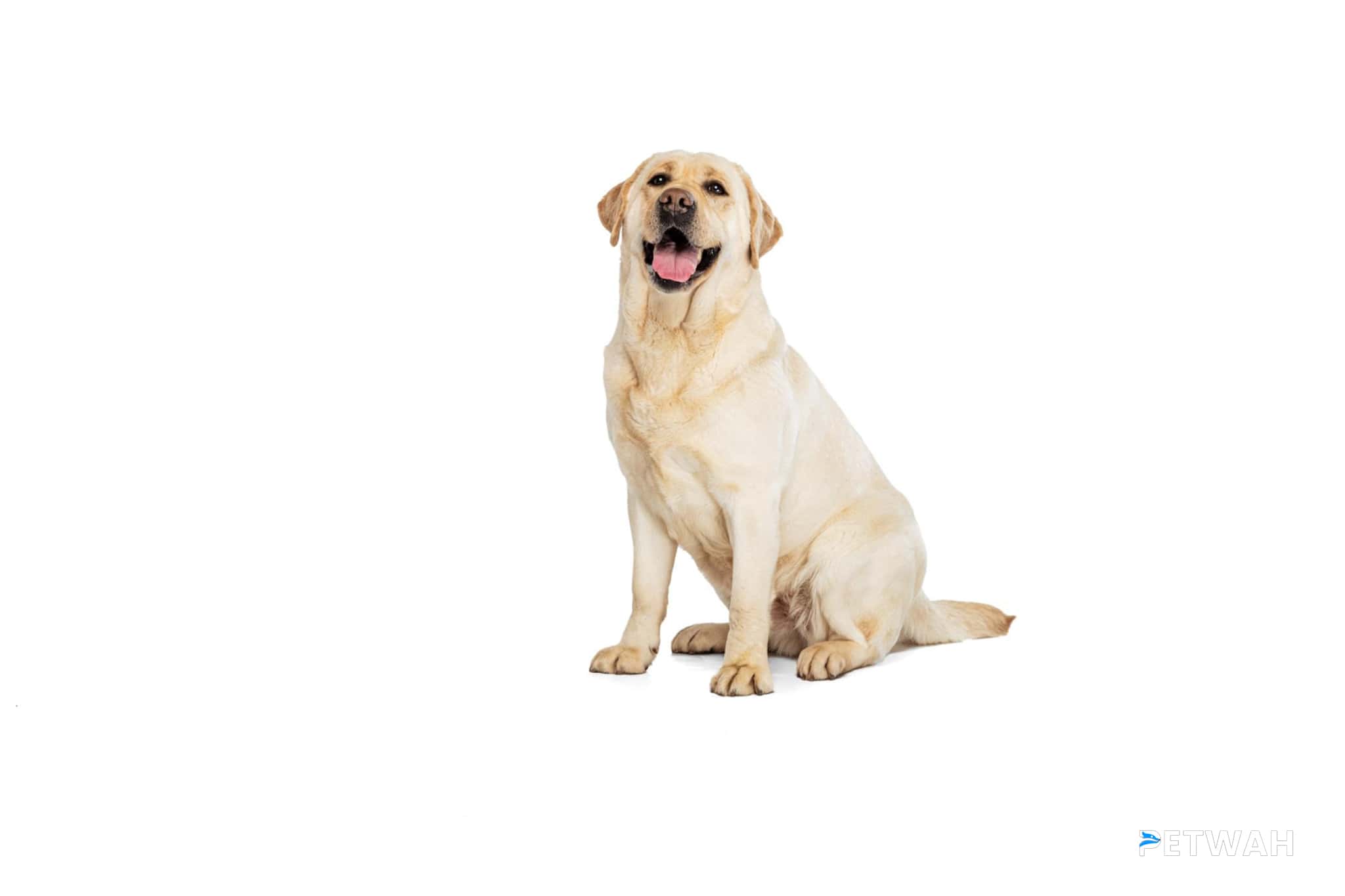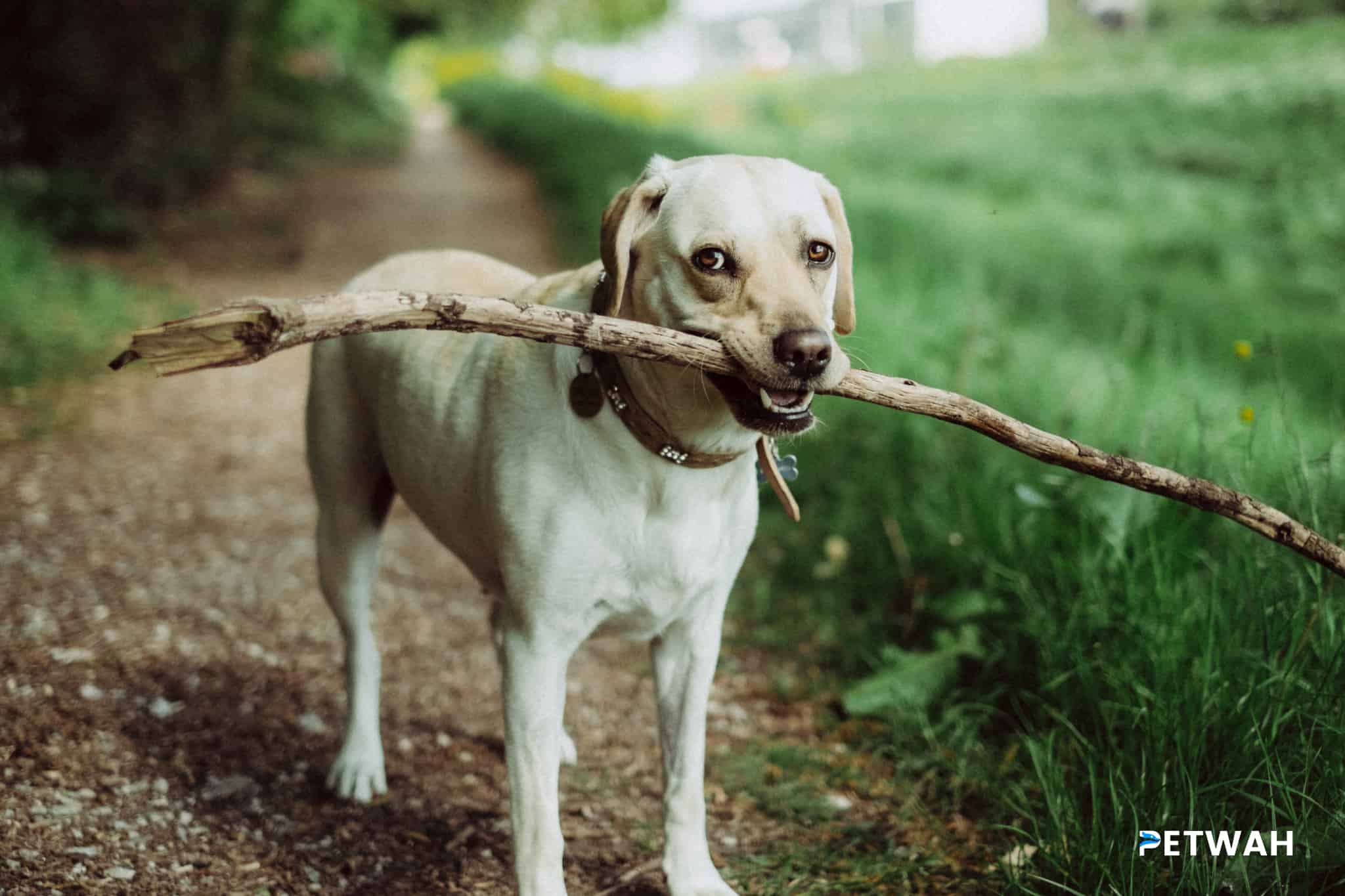As a Labrador Retriever owner, you know that grooming your furry friend is an essential part of their overall health and well-being. Regular grooming sessions not only help keep your dog’s coat shiny and healthy but also provide an opportunity to check for any signs of parasites like ticks and fleas. These unwanted critters can cause a host of health problems for your Lab, including skin irritation and disease transmission. In this comprehensive guide, we’ll walk you through the steps to check your Labrador Retriever for ticks and fleas during grooming, so you can keep your furry friend parasite-free and healthy.
Labrador Retrievers are one of the most popular dog breeds in the world. They are known for their friendly personalities, loyalty, and intelligence. However, like all dogs, Labradors are susceptible to ticks and fleas. These parasites not only cause discomfort to your dog, but they can also transmit diseases. It is essential to check your Labrador for ticks and fleas regularly, especially during grooming. In this comprehensive guide, we will discuss how to check your Labrador Retriever for ticks and fleas during grooming.
1. Get the Right Tools
Before you start grooming your Labrador, make sure you have the right tools. You will need a fine-toothed comb, flea comb, tick removal tool, and a pair of scissors. These tools will help you to detect and remove ticks and fleas from your dog’s coat.
2. Start with a Thorough Brushing
Begin by brushing your Labrador’s coat thoroughly. This will help to remove any loose fur, dirt, and debris from their coat. It also removes any dead ticks or fleas that may be present. Use a slicker brush to get rid of any tangles or mats in their fur.
3. Check for Ticks
Ticks are usually found in areas with long grass and wooded areas. They are also commonly found in your dog’s ears, armpits, and groin area. Start by checking these areas first. Run your fingers through your dog’s fur, feeling for any bumps or lumps. If you feel a bump, part the hair to check if it’s a tick. Use a tick removal tool to remove the tick carefully. Be sure to wear gloves when removing ticks to avoid contracting any diseases they may be carrying.
.jpg)
4. Check for Fleas
Fleas are tiny insects that move quickly. They are often found in your dog’s fur, especially around their neck and tail area. Use a flea comb to comb through your dog’s coat gently. If you find any fleas, dip the comb into a bowl of soapy water to drown the fleas. Repeat this process until you have combed through the entire coat.
5. Trim the Hair
Ticks and fleas love to hide in long, thick fur. Regularly trimming your dog’s hair can help to prevent ticks and fleas from taking hold. Use scissors to trim any long hair around your dog’s ears, armpits, and tail. This will make it easier to detect any ticks or fleas that may be present.
6. Use Preventative Measures
Prevention is always better than cure. There are many preventative measures you can take to protect your Labrador from ticks and fleas. You can use flea and tick prevention products, such as sprays, collars, and spot-on treatments. You can also keep your yard and home clean and tidy to reduce the risk of infestations.
checking your Labrador Retriever for ticks and fleas during grooming is an essential part of their care. By following the steps outlined in this comprehensive guide, you can keep your dog free from these parasites and protect them from any diseases they may carry. Remember to always be gentle and patient when grooming your Labrador, and use the right tools for the job. With regular grooming and preventative measures, you can keep your dog healthy and happy for years to come.
In conclusion, keeping your Labrador Retriever free from ticks and fleas is an important aspect of their overall health and well-being. By regularly grooming and checking your furry friend, you can catch any infestations early and prevent more serious health issues from arising. Remember to use the right tools, be gentle and patient with your dog, and always seek professional help if you suspect a severe flea or tick infestation. With these tips and tricks, you can ensure that your Labrador Retriever stays healthy and happy for years to come.


.jpg)
.jpg)
.jpg)



